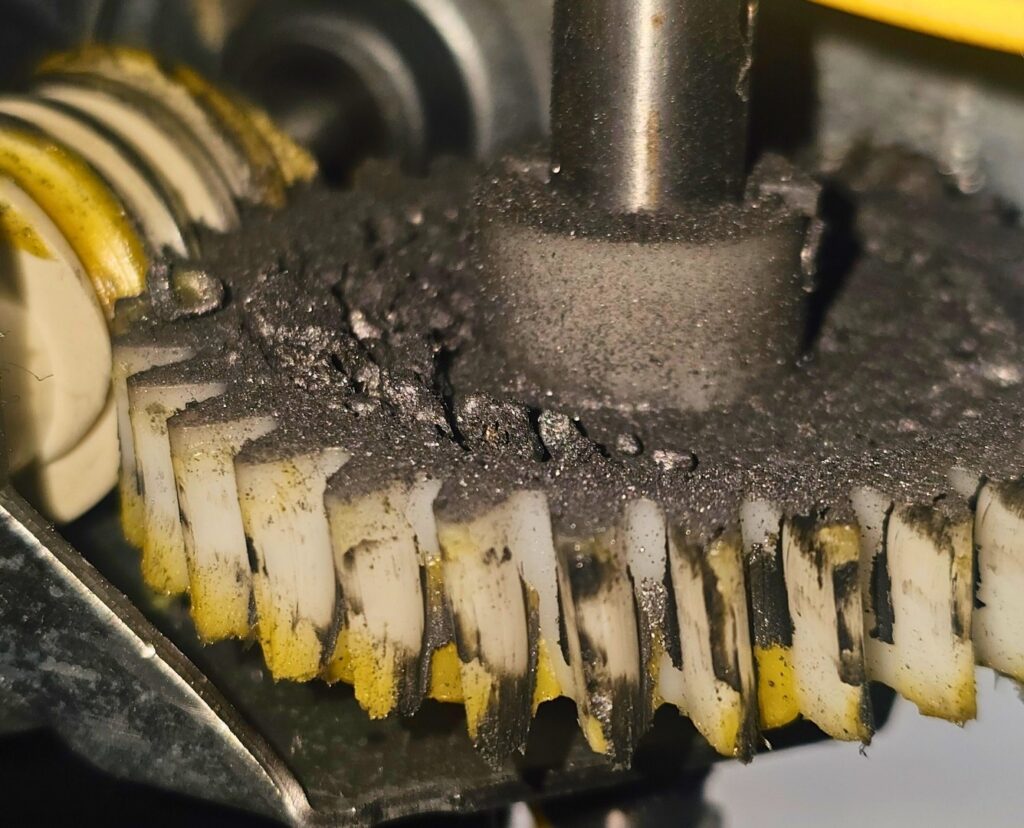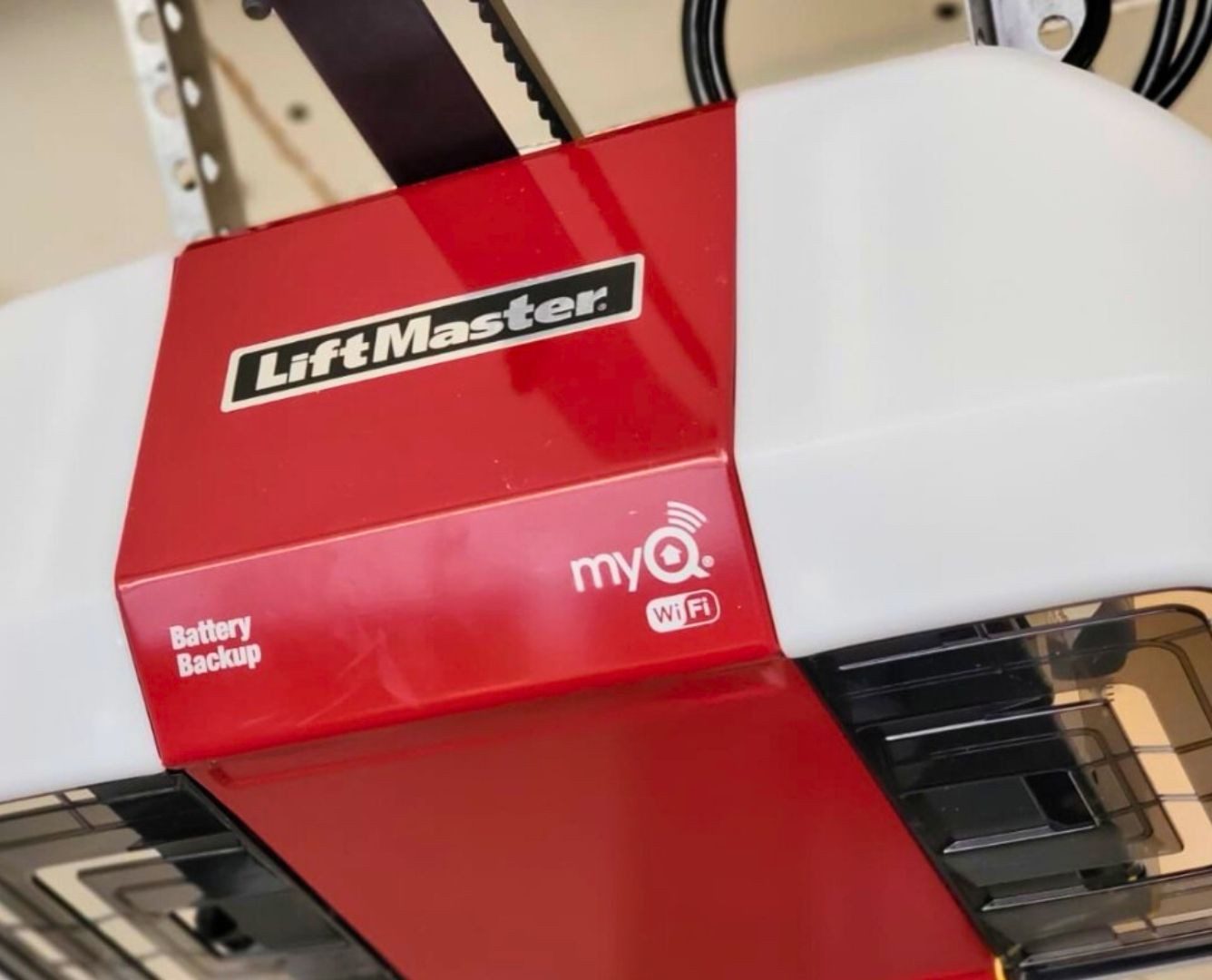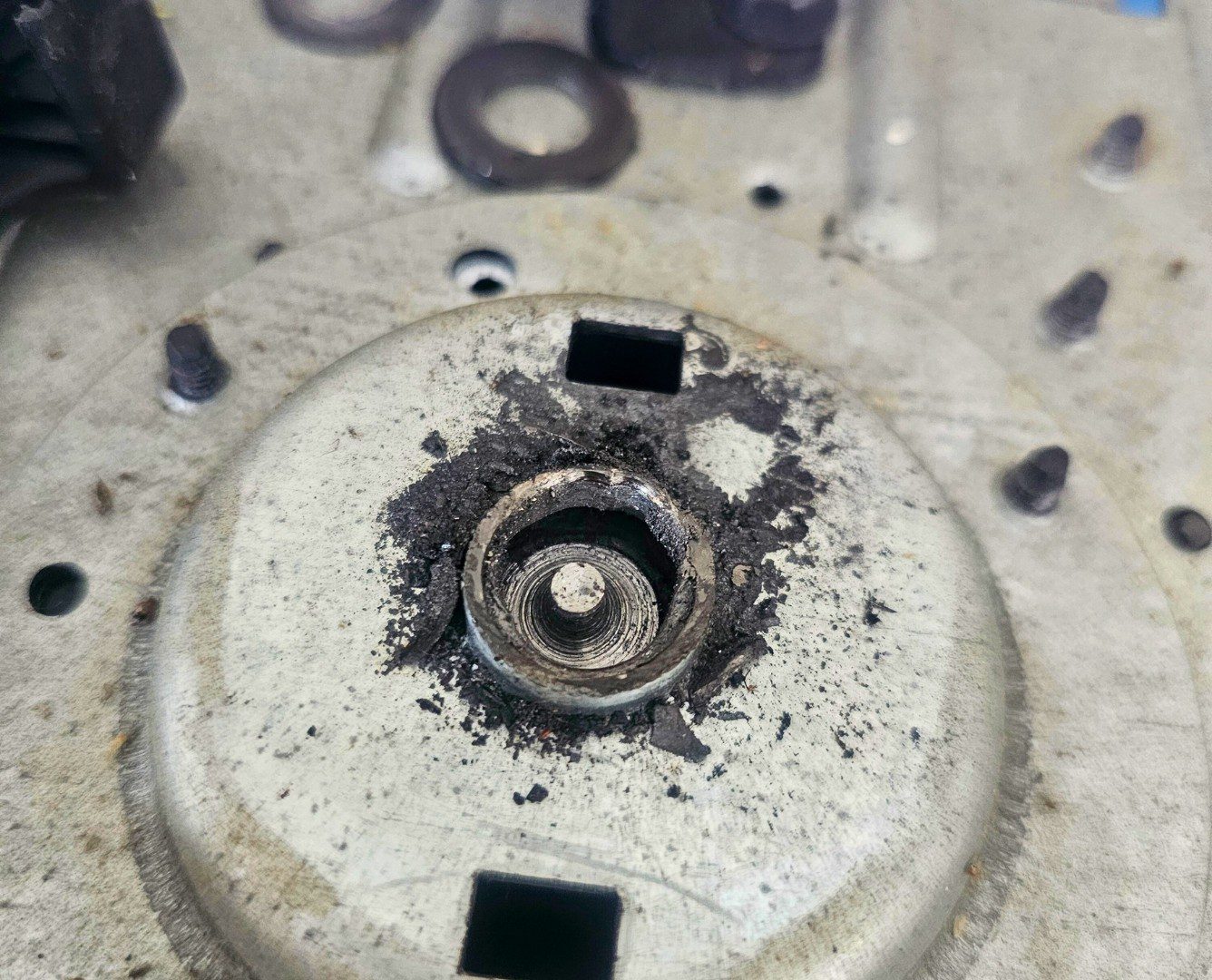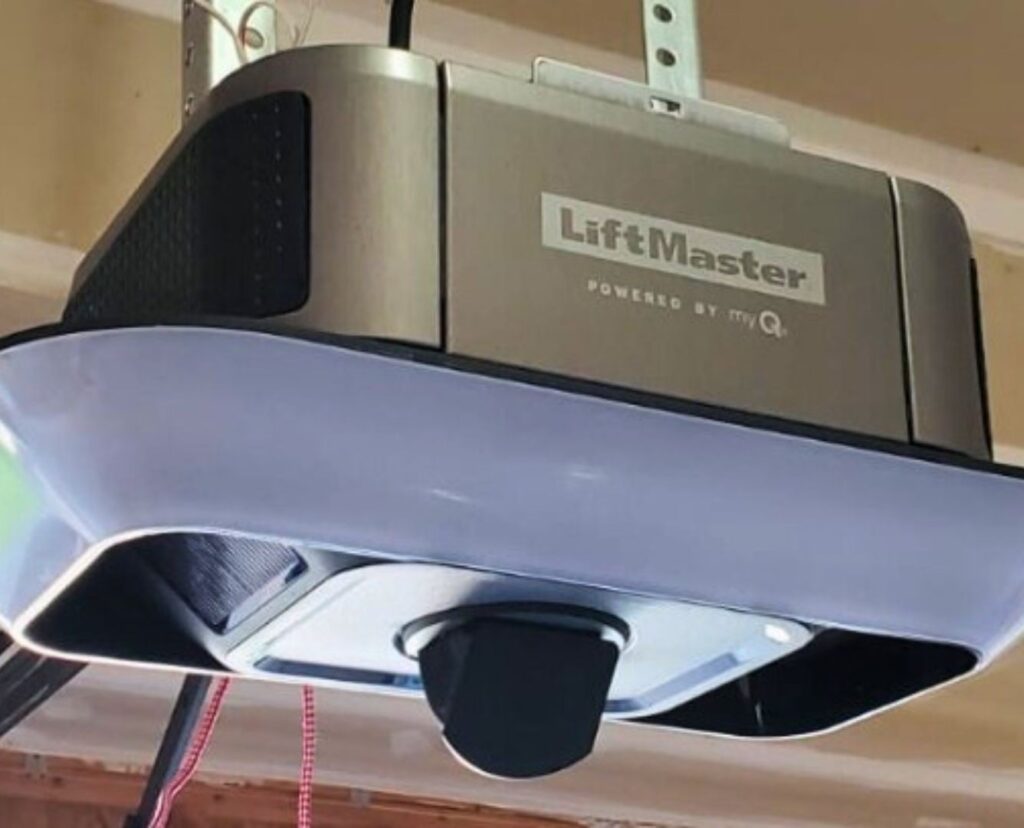Garage Door Opener Repair
- Home
- Service
- Garage Door Opener Repair
Garage Door Opener Repair in Palatine & Greater Chicagoland
When your garage door opener stops working, it can disrupt your daily routine and compromise your home’s security. At Dynamic Garage Doors Inc., we provide professional garage door opener repair services for homeowners in Palatine and across the Chicagoland area. Whether your opener is unresponsive, noisy, or fails to close completely, our trained technicians can restore it quickly and affordably.

Why Choose Us for Garage Door Opener Repair?
Our team is experienced with all types of residential garage door openers. We use only high-quality parts, follow manufacturer-recommended procedures, and deliver fast turnaround on every service call. Customers trust Dynamic Garage Doors Inc. because we offer:
- Same-day garage door opener repair
- Service for all major opener brands and models
- Fully stocked trucks for one-visit fixes
- Emergency service available 24/7
- Professional, courteous technicians
- No upselling—opener remote programming and repairs
Common Garage Door Opener Problems We Repair
Garage door openers are built to last—but like any machine, they wear down over time. Here are the most common issues we fix:
- Opener not responding to remote or keypad
- Wall button not working
- Motor runs but the door doesn’t move
- Grinding or clicking noise
- Intermittent operation or reversing unexpectedly
- Lights not turning on/off properly
- Garage door opens on its own


Garage Door Opener Repair vs. Replacement
Not all opener issues require replacement. In many cases, we can repair components such as:
- Worn out gears or sprockets
- Damaged circuit boards
- Faulty limit switches or sensors
- Loose or broken chains/belts
- Stripped drive components
However, if your opener is more than 10–15 years old or lacks modern safety features, we may recommend an upgrade. We’ll walk you through your options and provide transparent quotes for both repair and replacement.
We Service All Types of Garage Door Openers
- Chain Drive Opener fix: Durable and powerful for heavier doors
- Belt Drive Openers: Quiet and ideal for attached garages
- Screw Drive Openers: Fewer moving parts and simple design
- Wall Mount (Jackshaft) Openers: Great for garages with high ceilings
- Smart Openers with Wi-Fi: Control via app, voice assistant integration
Brand-Specific Garage Door Opener Repairs
Our technicians are trained in diagnosing and repairing all major opener brands, including:
- LiftMaster: Chamberlain Group’s pro-grade brand, common for smart openers
- Chamberlain: Popular DIY brand with many older units still in service
- Genie: Reliable openers that often need circuit board or limit switch repairs
- Craftsman: Often interchangeable with Chamberlain models
- Linear, Marantec, Ryobi: Less common, but fully serviceable by our team
Garage Door Opener Troubleshooting Tips
Before calling for repair, try these steps:
- Check the power outlet – unplug and replug your opener
- Inspect the remote batteries – replace if unresponsive
- Look for sensor misalignment or obstructions
- Try the wall switch – if it works, the remote may be the issue
- Listen for motor sounds – no noise may indicate a power issue
If these steps don’t help, it’s time to call Dynamic Garage Doors Inc. for expert diagnosis and repair.
Smart Garage Door Openers: Repairs & Upgrades
Many homeowners are upgrading to smart garage door openers. We repair Wi-Fi-enabled units and help set up or troubleshoot features like:
- MyQ® and LiftMaster® apps
- Remote open/close and alerts
- Home automation integrations
- Battery backup features
If your smart opener loses Wi-Fi connection, fails to sync with your app, or has sensor issues, we can restore full functionality or recommend a compatible upgrade.
Emergency Garage Door Opener Repair Available 24/7
Is your garage door stuck shut and you’re locked out? Dynamic Garage Doors Inc. offers emergency garage door opener repair—day or night. We understand these situations happen at the worst times, and we’ll dispatch a technician immediately when urgent help is needed.
Preventative Maintenance for Garage Door Openers
Prevent costly breakdowns with regular opener maintenance:
- Lubricate chains and moving parts
- Test auto-reverse safety systems monthly
- Check sensor alignment
- Inspect and tighten mounting hardware
- Replace backup batteries annually (if equipped)
Ask us about our annual maintenance plans for worry-free performance all year round.
How to Know If Your Garage Door Opener Needs Repair
Many homeowners experience subtle warning signs that their garage door opener is failing long before it stops working completely. Recognizing these signs early can save you from a complete system breakdown and the inconvenience of an inoperable garage. If you notice any of the following, it’s time to call Dynamic Garage Doors Inc.:
- Slow response: If your door takes longer than usual to open or close, your opener motor may be under strain or nearing failure.
- Unusual vibrations: Excess vibration can indicate misalignment, loose hardware, or an aging motor.
- Intermittent operation: When the opener works one day but not the next, the circuit board or safety sensors may be faulty.
- Garage door reverses randomly: Safety sensor issues or miscalibrated limit settings can cause erratic behavior.
- Remote signal problems: If your remote or keypad struggles to communicate with the opener, the antenna or logic board may be at fault.
Garage Door Opener Component Repairs
Our garage door opener repair services cover every critical component in the system. We repair or replace the following:
- Drive gears: If your motor hums but the door doesn’t move, stripped gears may be the issue.
- Limit switches: Incorrect limits can cause your garage door to close too far or not at all.
- Safety sensors: Misalignment, dust, or wiring problems often cause sensor malfunctions that prevent the door from closing.
- Capacitors: Older openers with startup issues may need capacitor replacement.
- Chain or belt tension: A loose chain or belt can result in loud noises and incomplete door movement.
- Battery backup systems: We test and replace backup batteries to ensure your door works during power outages.
When Is It Time to Replace the Opener?
While we always attempt repairs first, there are some cases where garage door replacement is more cost-effective. We recommend replacing your opener if:
- It’s over 15 years old
- Replacement parts are discontinued or unavailable
- You want smart technology integration
- Your current opener lacks modern safety features
- Repairs exceed 50% of the cost of a new unit
We carry and install trusted brands like LiftMaster opener service, Genie, and Chamberlain. Our team helps you select the right model for your home, garage size, and budget.
Importance of Professional Garage Opener Repair
Garage door opener systems combine motors, electronics, safety sensors, and moving mechanical parts. Professional repair ensures the job is done correctly, safely, and in compliance with modern standards. Our team at Dynamic Garage Doors Inc. is:
- Licensed and insured for your protection
- Factory-trained on major opener brands
- Equipped with tools to handle complex repairs
- Capable of diagnosing issues other companies miss
Improper repairs or DIY fixes can lead to property damage or injury. Trust the professionals who have serviced hundreds of homes across Chicagoland with precision and care.
Customer Satisfaction Guarantee
Your satisfaction is our top priority. We stand behind every garage door opener repair with a full workmanship guarantee. If a part we’ve repaired or replaced fails within our warranty window, we’ll return promptly to make it right—no hassle, no additional charge.
Specialized Solutions for Every Home
Not every home is the same, and neither are garage door openers. Whether you have a detached garage, need a low-headroom configuration, or want advanced security features, we can recommend and repair solutions tailored to your needs. Our team regularly handles:
- High-lift or vertical-lift garage systems
- Wall-mounted openers for low ceilings
- Garage door opener installations on new construction homes
- Conversions from chain drive to belt drive systems
Our Local Expertise in Palatine & Beyond
Dynamic Garage Doors Inc. is based right here in Palatine, IL. We’re not a national franchise—we’re your local experts who understand the unique needs of Chicago-area homeowners. Our team knows how harsh winters, wind, and temperature swings can affect garage door systems, and we provide solutions that hold up year after year.
We serve suburbs across the northwest, west, and northern Chicagoland including:
- Naperville
- Aurora
- Downers Grove
- Elmhurst
- Northbrook
- Glenview
- Park Ridge
- Libertyville
- Gurnee
- And many more
Call Dynamic Garage Doors Inc. Today
If your garage door opener is giving you trouble, don’t wait until it completely fails. Call the experts at Dynamic Garage Doors Inc. for fast, reliable, and affordable repair services. We’re standing by to restore your garage access and peace of mind.



Serving Palatine and the Surrounding Chicagoland Area
We proudly offer garage door opener repair services throughout the Northwest Suburbs and beyond:
- Palatine
- Arlington Heights
- Schaumburg
- Hoffman Estates
- Mount Prospect
- Rolling Meadows
- Buffalo Grove
- Lake Zurich
- Inverness
- Des Plaines
- Elgin
- Barrington
- Hanover Park
- Streamwood
